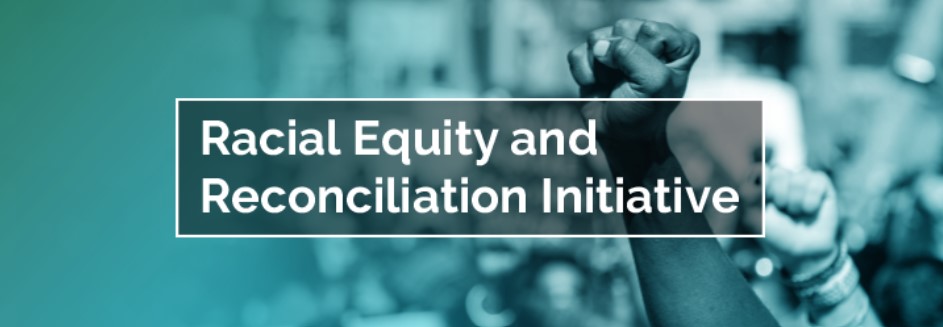
The murder of George Floyd on May 25 was a catalyst for rage, frustration, and self-examination resulting in nationwide protests, unrest, and a renewed dialogue about racial equity in America. This dynamic hit home in Long Beach, which has been experiencing protests in many forms since the massive march and subsequent night of unrest on May 31. Long Beach’s city government was moved to action, and within just a few weeks after Floyd’s passing, an Equity Team led by Deputy City Manager Teresa Chandler had formulated a comprehensive plan – the Framework for Reconciliation – to act on issues of racial inequity throughout the City.
Chandler, who had been focused on homeless services, violence prevention, and youth development programs across the City, was asked to oversee the reconciliation process by City Manager Tom Modica.
The process of constructing the Framework for Reconciliation began on June 9, when the Long Beach City Council engaged in a conversation about racism as a public health crisis and the need to restore trust in government. As a result of that discussion, the Equity Team developed the Framework, which the Council unanimously adopted on June 23.
“Right after June 23, we jumped into a four-step process,” said Chandler. “The first step was acknowledging the existence and long-standing impact of systemic racism in Long Beach and across the country.” To assist with this part of the process, the City published a comprehensive timeline of racial inequities in the Long Beach area stretching back to 1542, with Spain claiming the land of the Tongva tribe as its own.
The next step was listening. The Equity Team conducted 17 open-to-the-public listening sessions on Zoom, seeking participants through social media, flyers, church networks, and various community partners. In these sessions and in a community survey, local systemic racism was identified by such factors as housing discrimination, police profiling, discriminatory hiring practices, and underfunded education for minorities.
The third step in the Team’s process was taking its raw data to Dr. Amber Johnson at California State University, Long Beach, who has a wealth of experience in community-based research projects. She and her team analyzed over 30 hours of listening session transcripts and hundreds of pages of information from Zoom chat boxes. Their findings were then presented to a group of nearly 50 Long Beach stakeholders via Zoom in order to help recommend policy, budgetary changes, and programmatic reform.
The fourth step was to catalyze the Framework into action through a Racial Equity and Reconciliation Initiative Initial Report adopted by the Long Beach City Council on August 11. In the document, the City laid out 21 strategies and 107 potential plans for action within the framework of four goals: 1) Ending systemic racism in all local government and partner agencies of Long Beach, 2) Designing and investing in community safety and violence prevention, 3) Redesigning the Long Beach Police Department’s approach to community safety, and 4) Improving health and wellness in the City by eliminating social and economic disparities in the communities most impacted by racism.
“The issues affecting Downtown and other areas of the City – affordable housing, homelessness, economic equity, community safety, even climate and environmental justice – have all been addressed with detailed plans for action,” said Chandler. “What we did in six weeks might have taken other cities six months to create.”
A key part of the process in developing an action plan for the City was research. “We look at the different neighborhoods across the 52 square miles of the City of Long Beach, and one statistic stands out,” continued Chandler. “There is a 17-year life expectancy difference from one neighborhood to the next.” This difference is attributed to social determinants of health, including education level and quality of available health care, which aren’t equitable. “When those systems are failing people of color, everybody loses,” Chandler said.
Chandler stressed the importance of racial equity for the entire City of Long Beach.”If we truly address it,” she said, “everybody across the City benefits. We’ll be boosting our local and regional economy, creating healthier families, improving life expectancy, and creating a healthier workforce.”
Hundreds of community members and City staff have been engaged in the Reconciliation process, addressing the wide-ranging problems discussed in the initial report that got the process underway. These include the desire for increased transparency in police and City government processes, skilled training for underserved populations, and support for minority-owned businesses.
Chandler made it known that the energy pouring into Citywide reconciliation will not wane. “Our urgency will remain,” she said. “We’re trying to help create a paradigm shift within the City regarding how we do business going forward. We are really digging deep into the City government structure, which leads us to re-examine all of our City institutions. This is a long-term commitment by the City and we’re hoping to embed it into the culture of Long Beach so when we’re not here any longer, it continues.”
